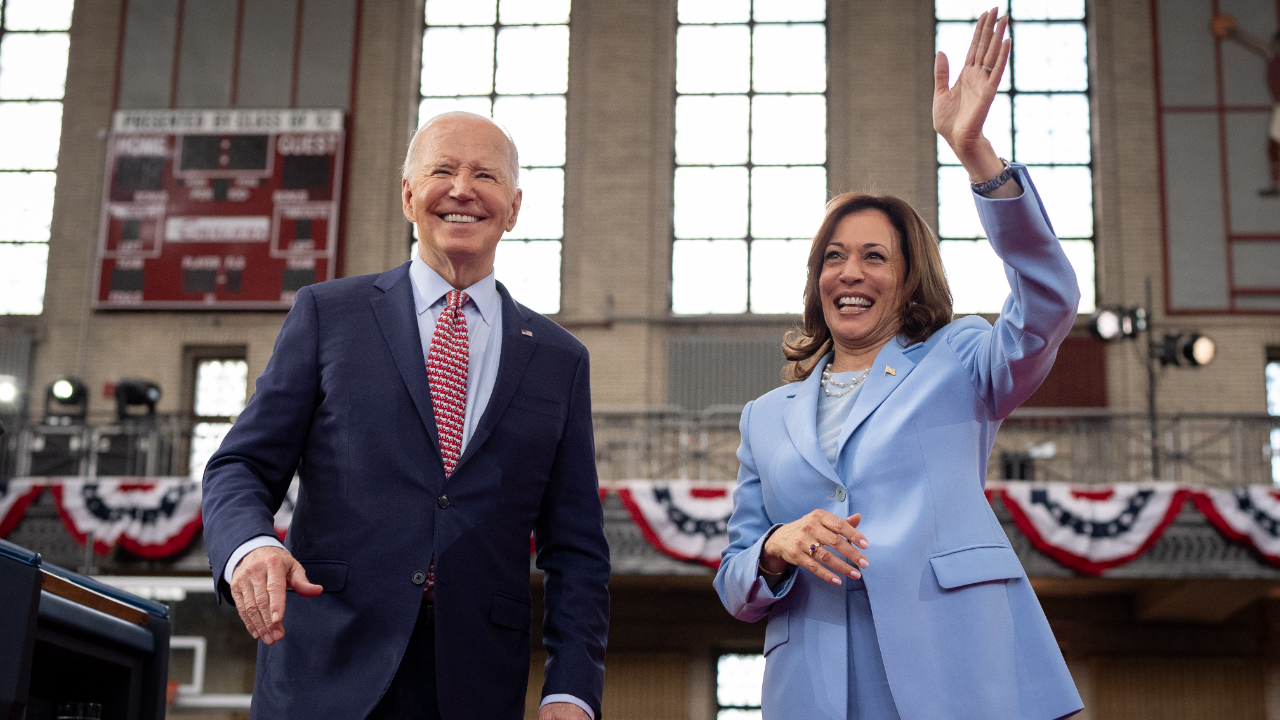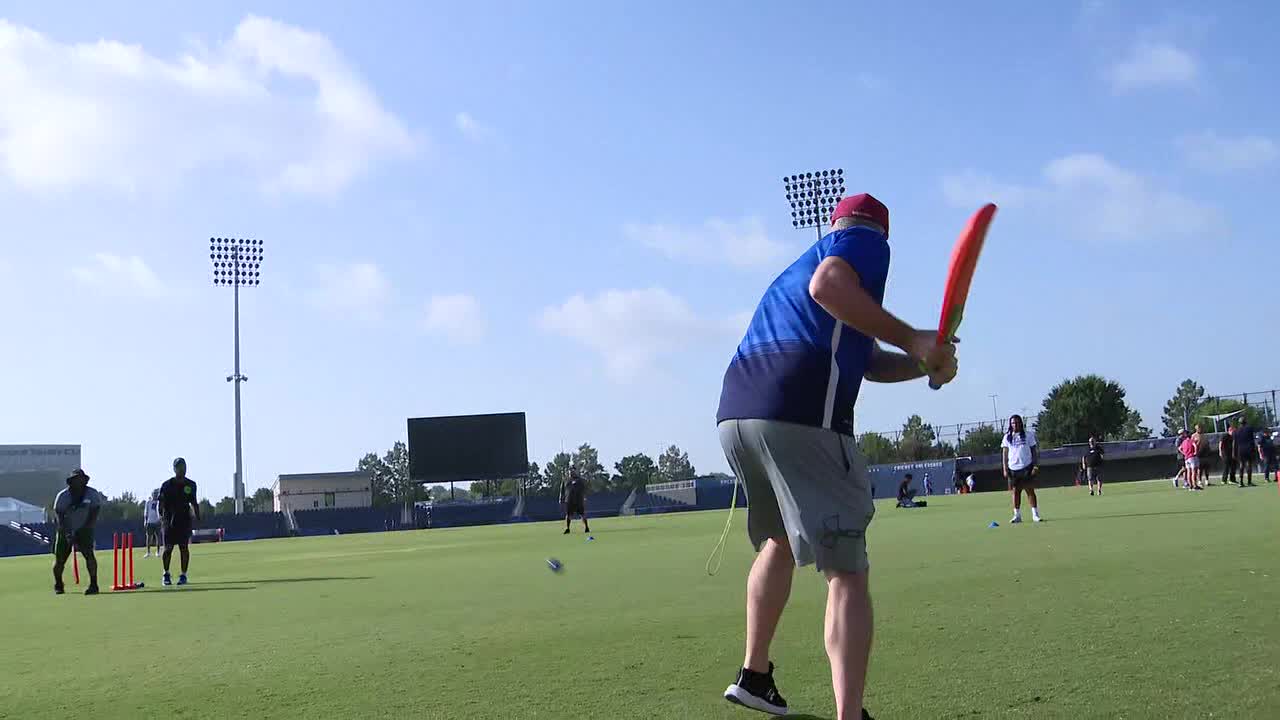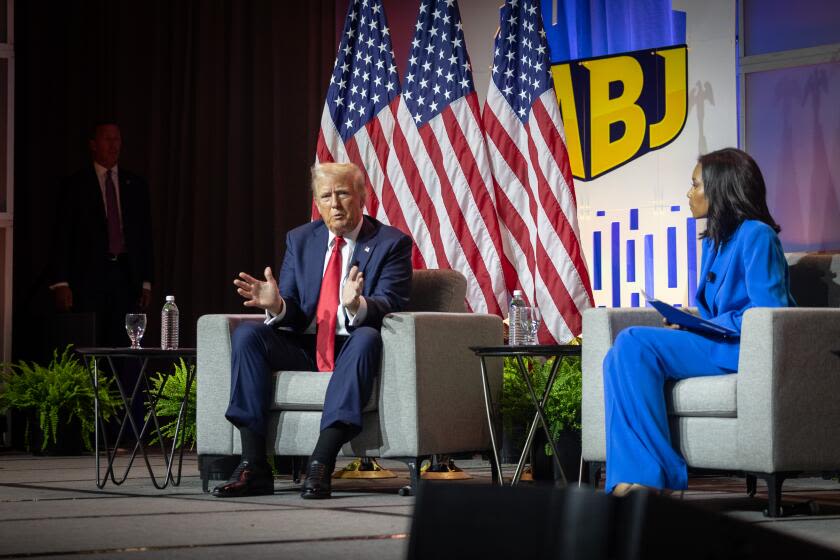Search results
Sep 4, 2019 · For decades, there has been evidence that classroom techniques designed to get students to participate in the learning process produces better educational outcomes at virtually all levels. And a new Harvard study suggests it may be important to let students know it.
News about student loan forgiveness, student checking accounts, SAVE plan
News about Mississippi Emerge Center, Grand Prairie, blindness
News about Summer Academy, Martinsville Public Schools, Underground Railroad
Also in the news
This chapter provides a bridge from theory to practice by providing specific examples of how the theories can be applied in the library classroom. These theories provide a foundation to guide the instructional design and reflective practices presented in the rest of this textbook.
Sep 18, 2023 · How students learn best: An overview of the evidence. This paper highlights the impact aligning teaching practices with how students learn has on educational outcomes. It underscores the importance of evidence-based practices that enhance learning for all students.
How students organize knowledge influences how they learn and apply what they know. Students' motivation determines, directs, and sustains what they do to learn. Goal-directed practice coupled with targeted feedback enhances quality of students' learning.
How do you even begin to persuade high school students that mathematical functions are relevant to their everyday lives? In this volume, practical questions that confront every classroom teacher are addressed using the latest exciting research on cognition, teaching, and learning.
Students learn by connecting new knowledge with knowledge and concepts that they already know, most effectively in active social classrooms where they negotiate understanding through interaction and varied approaches.
Oct 9, 2015 · Students learn new ideas by relating them to what they already know, and then transferring them into their long-term memory. This means that teachers should make sure that students have -- or should provide students with -- the background knowledge needed for understanding new content.



